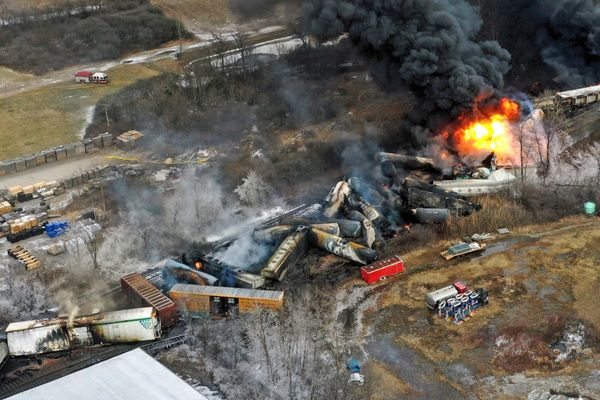Sydney has the beach, Melbourne has the coffee, but Canberra has less traffic.
It seems Australia's quiet country capital is doing a great job at attracting new residents, especially migrants, with more than 30 per cent of Canberrans born overseas.
And India, home to the largest population on Earth, has quickly become the place where most overseas-born Canberrans come from. In only four years, their population in the ACT has almost doubled.
Community members have told The Canberra Times how visible this progression has been, with more than 30 stores now stocking Indian cooking essentials, plans for new places of worship, and more festivals being celebrated with the wider community.
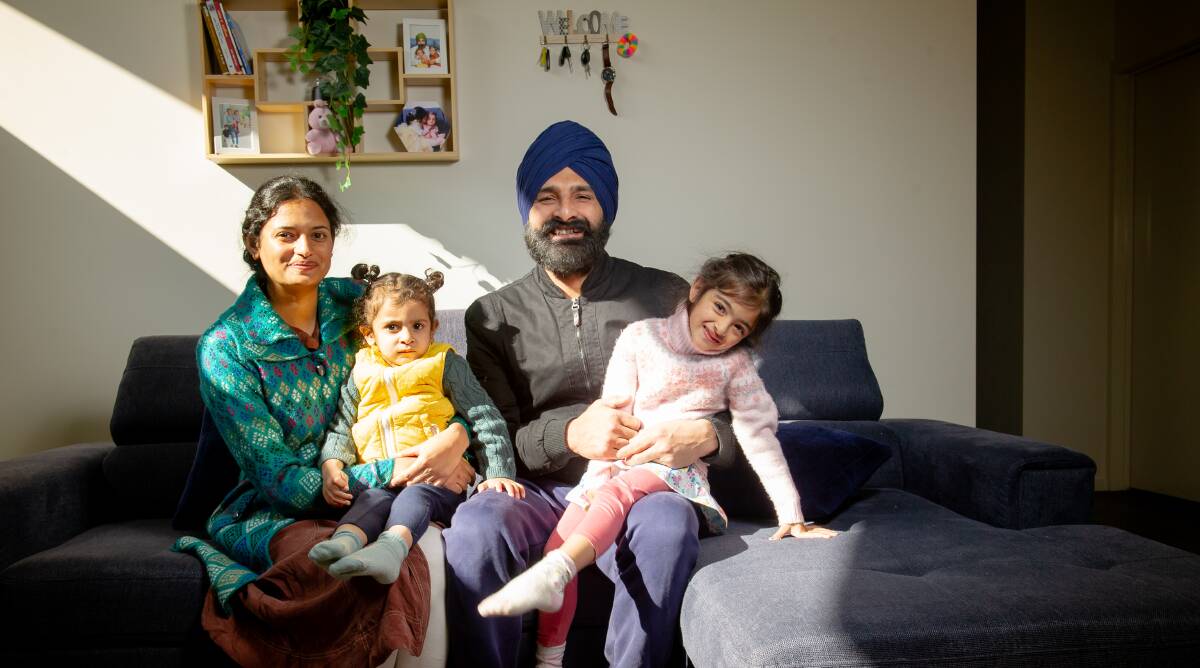
Australia's 2021 census paints a picture of how significant this growth really is.
It found more than 30 per cent of Canberrans were born overseas, with those born in India making up the highest population (3.8 per cent), followed by England (2.9 per cent) and China (2.7 per cent).
Residents of Indian background in the ACT have almost doubled since the 2016 census, when they were the third-highest population of Canberrans born overseas.
After those born in the UK, Indian-born people were the second-highest migrant community in Australia and made up 2.8 per cent of the population in June 2021.
Why are Indians choosing Canberra?
Mostly for the same reasons English, Chinese, or Nepalese-born Canberrans are choosing it: easier visas, the quiet-but-not-too-quiet life, education and government jobs.
Resident Jarnail Singh moved from Punjab, in north India, to Sydney a decade ago. But he needed to live in a regional area for at least three years to be eligible for an Australian permanent resident visa and enjoy the benefits that come with it: Medicare, loans and citizenship.
"Canberra was the best option," Mr Singh says.
He didn't know much about it, but had mates in Sydney and Melbourne and decided to settle between the two cities.
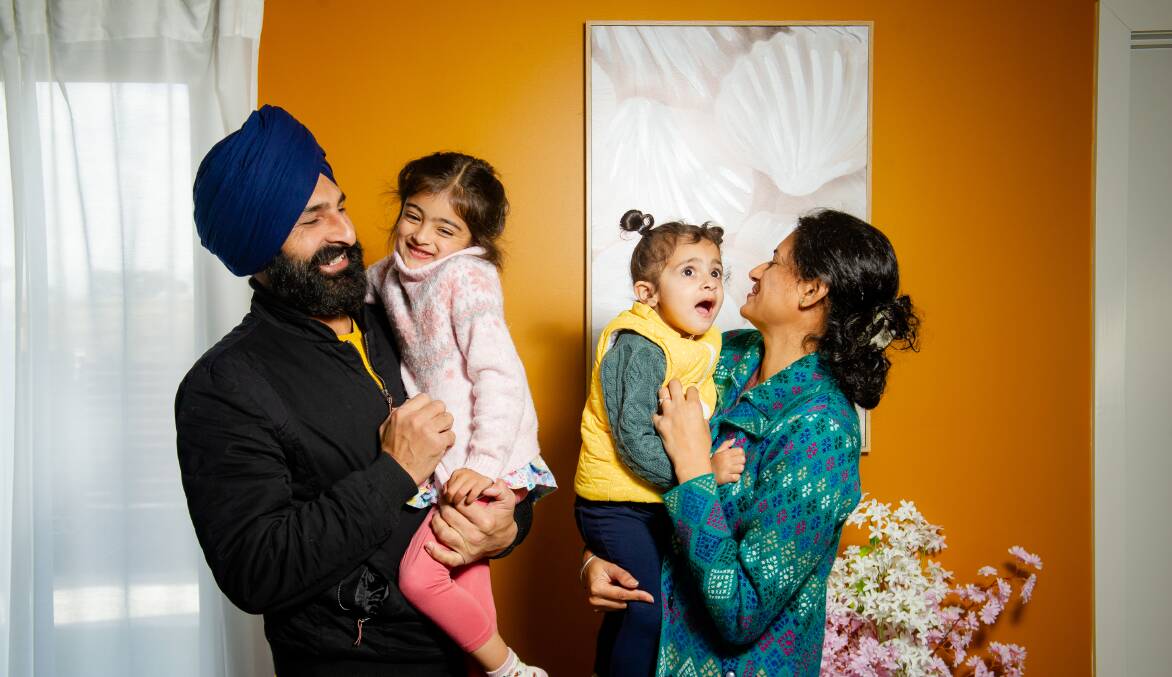
Mr Singh moved to the Bush Capital in 2015 and has not looked back.
"Canberra is a very good place to live. It's safe and it's less hassle," he says.
"I drive trucks and I don't want to get stuck in traffic [in Sydney]. I earn the same money in both cities, and Canberra was cheaper back then. I also wanted to buy my own house and house prices were so [affordable]."
Mr Singh got his visa, became a citizen and now enjoys domestic bliss with his family at his new home in the up and coming "multicultural" suburb of Whitlam.
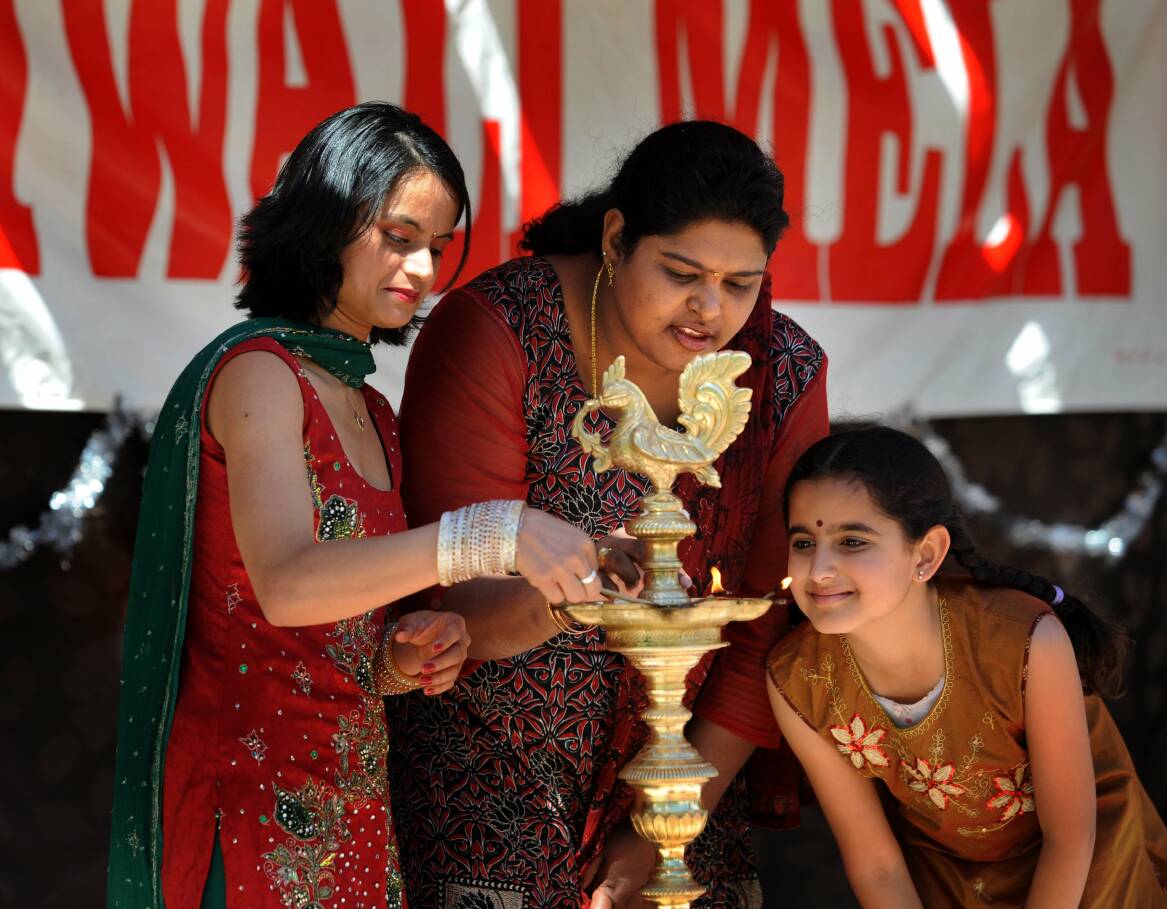
He recalls he was the only Indian in his office when he first moved to Canberra; a number that has now risen to 15.
"I can see so many Indians, in the shopping malls, grocery stores and even in my workplace," he says.
"If you have more Indians in town, you will have more fun joining festivals [like] Diwali or Holi celebrations. Even my work people, they know now. They personally wish me, 'Happy Diwali', because they know that I celebrate it."
Indian groceries commonly available in Canberra
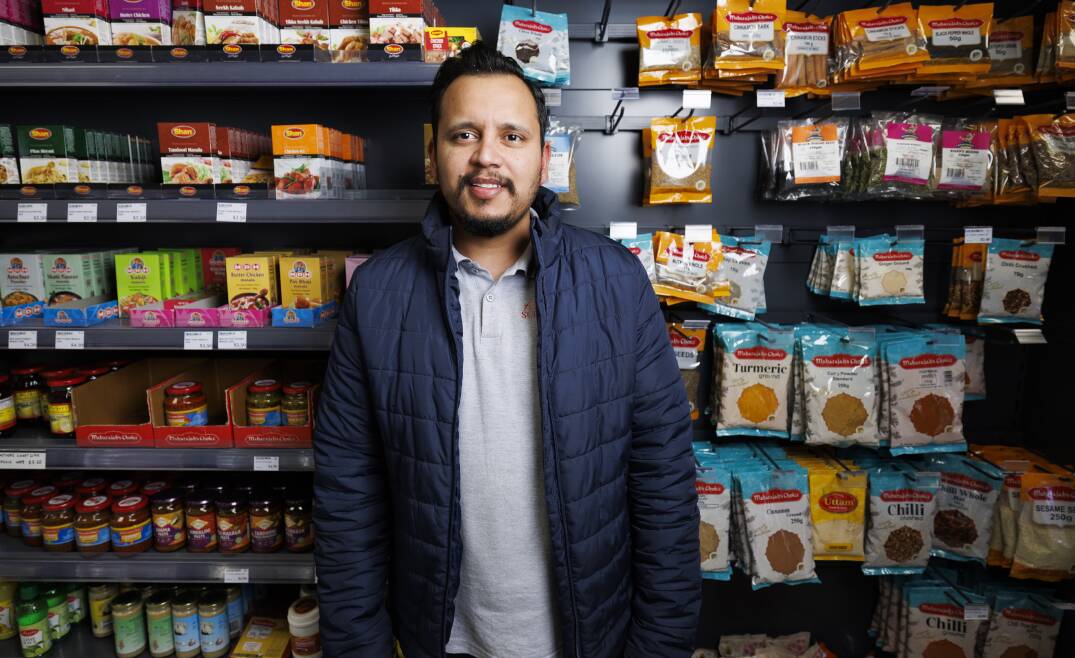
The demand for Indian groceries rose sharply after the pandemic when borders opened, allowing international students and more migrants.
Akashdeep Bhullar co-owns All In One Super Mart in the city and in Dickson. The mart stocks a variety of Indian ingredients and hot samosas. Thanks to increasing foot traffic, Mr Bullar also plans to introduce fresh vegetables, including those commonly used in Indian cooking, such as okra.
"Last year, a lot of students came directly to Canberra. Before that everyone just went to Sydney and Melbourne," Mr Bhullar says.
"Our most-selling products are the ready-to-eats. University students just buy ready-to-eat curries and paranthas (stuffed roti) from us."
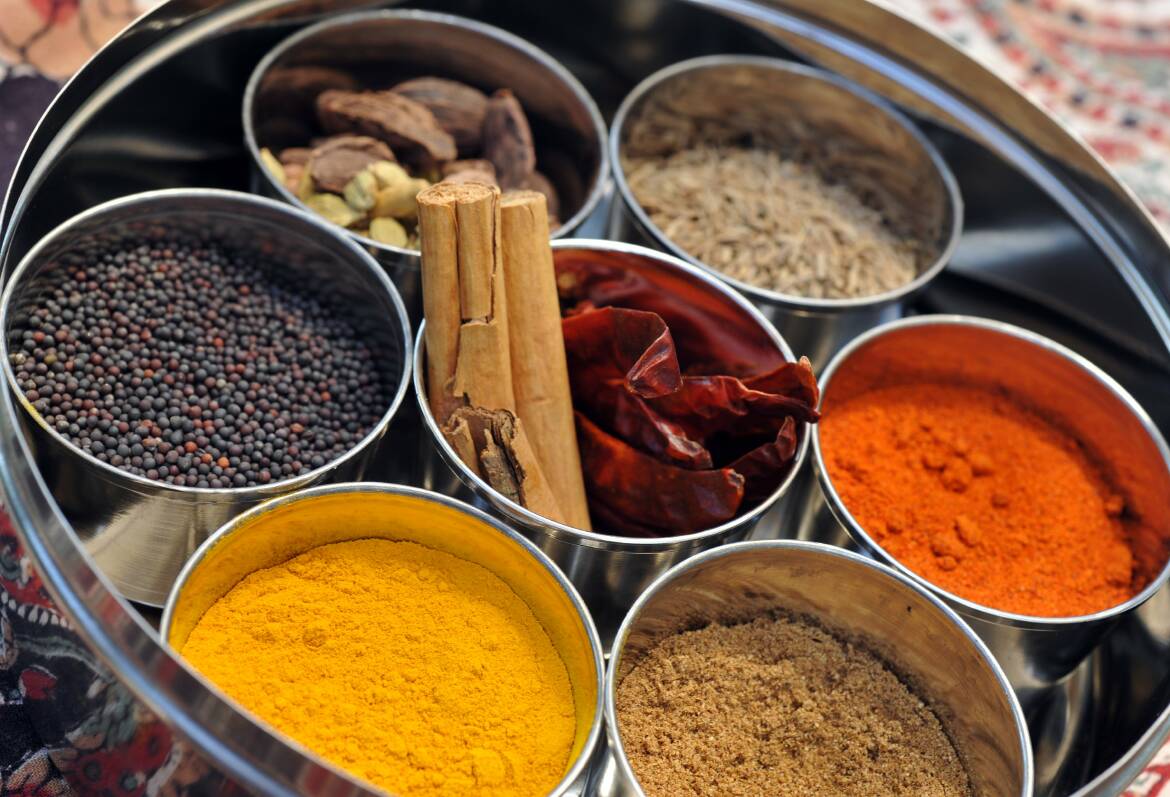
In the 1990s, Indian residents would drive to Sydney to buy basic groceries such as lentils and spices.
Now, curry leaves, pickles, frozen rotis and dosa batter for savoury rice pancakes, are available in shops near most Canberra suburbs.
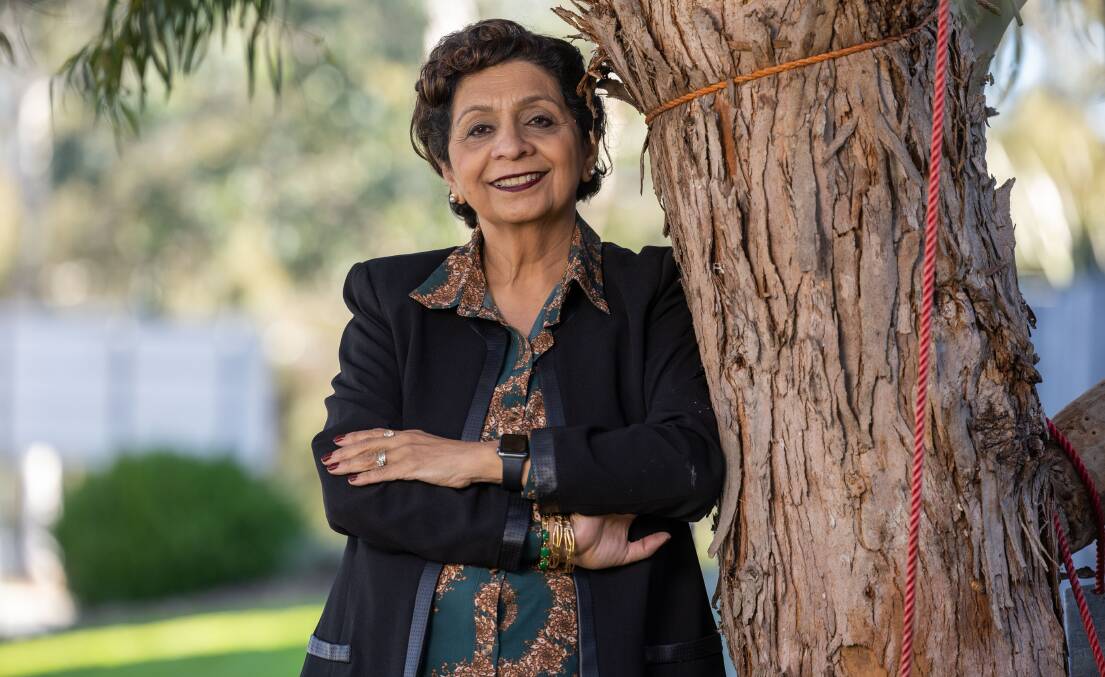
"Ages ago, there was just one small grocery shop in the city run by some Sri Lankans. We would always go there or travel to Sydney to buy our groceries. One week, my family would drive and take multiple orders from our friends and buy for them, then the next time somebody else would go and bring it back for us," says Nishi Puri OAM, president of Global Organisation of People of Indian Origin (Canberra chapter).
Mrs Puri says all that's left to come now is an Indian clothing store so folks don't have to go shopping in Sydney for festivals and week-long weddings, which of course require multiple outfits.
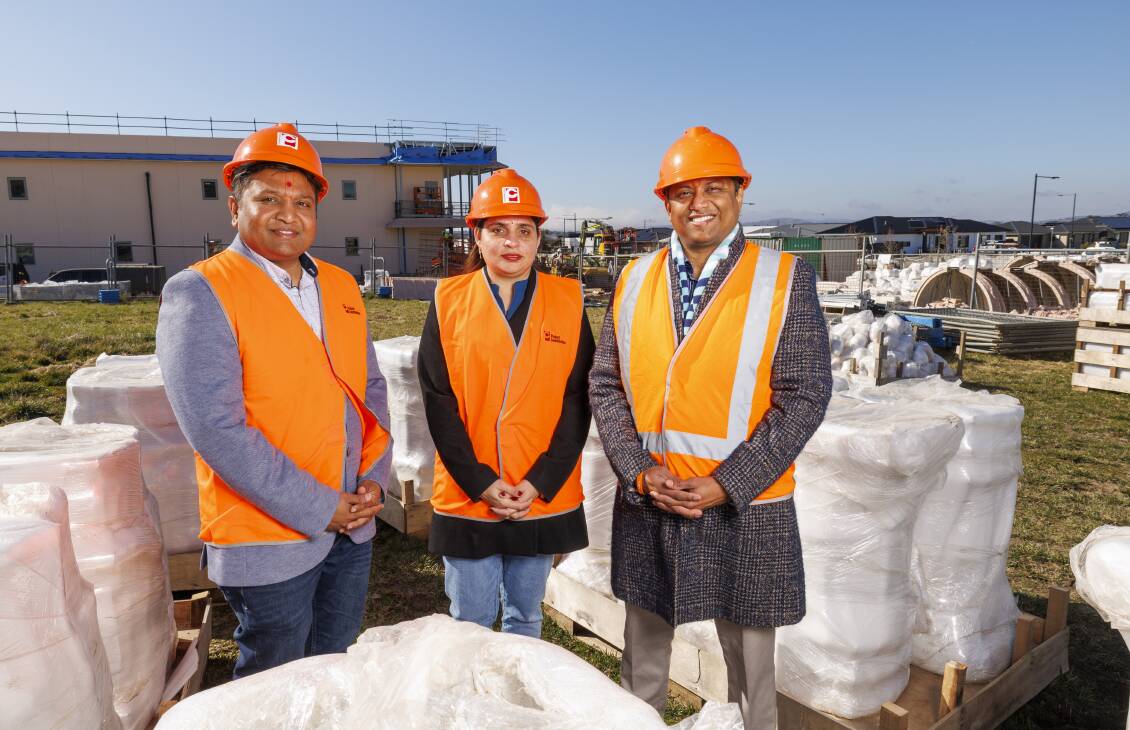
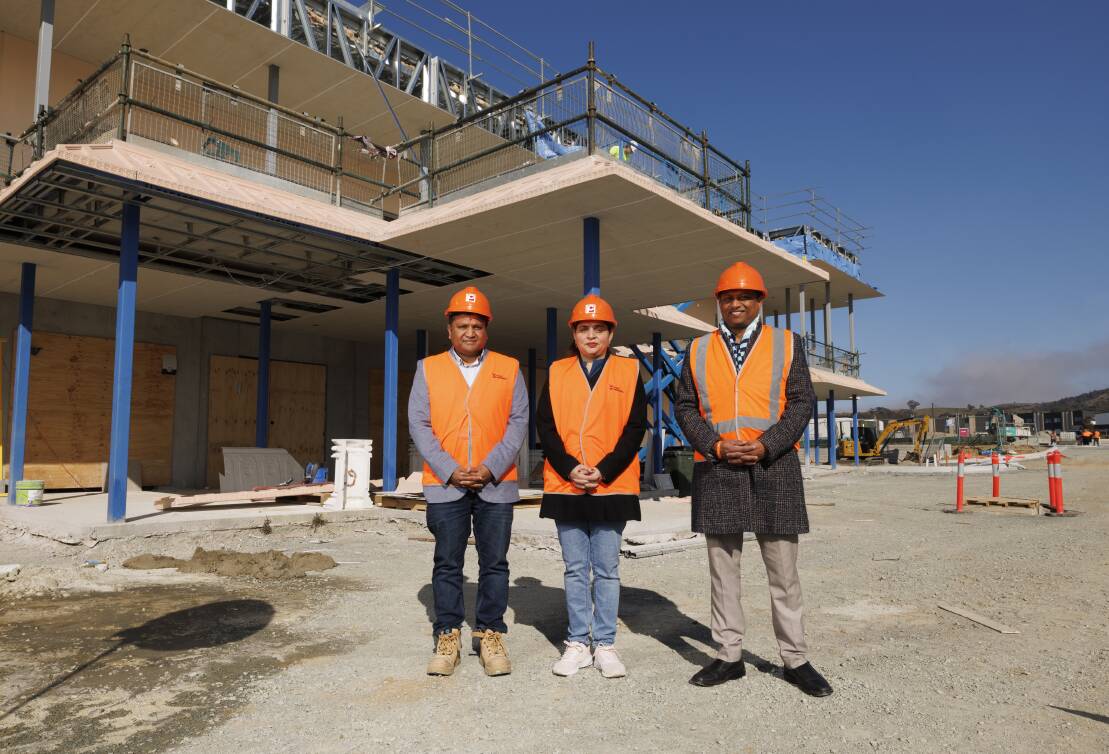
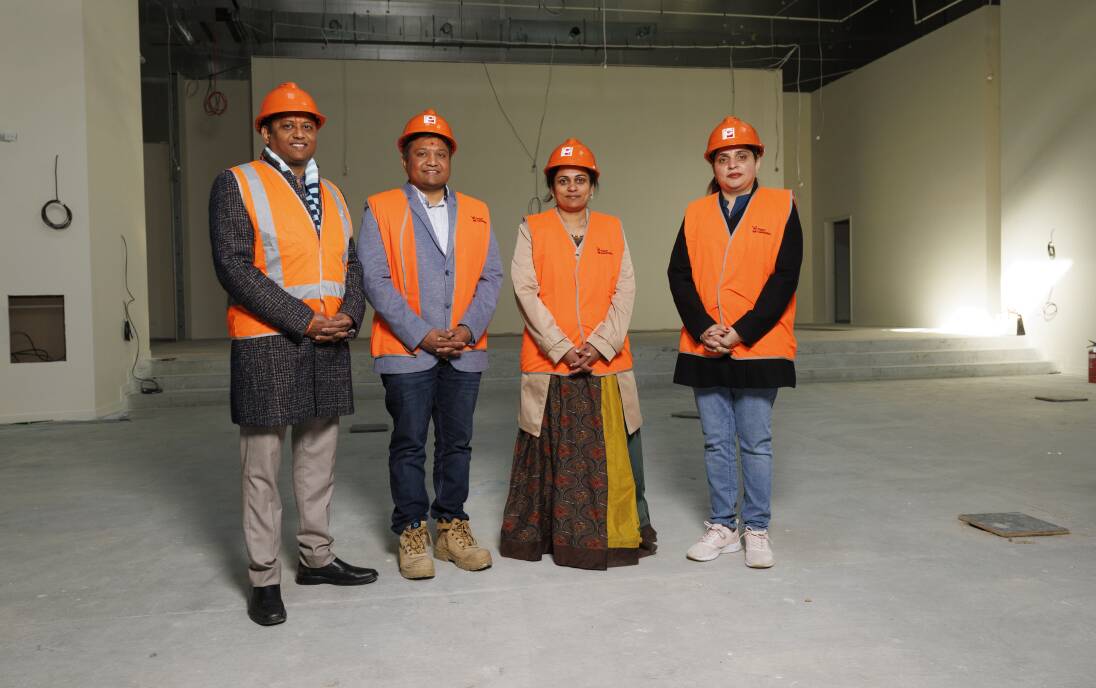
More migrants, more devotees, more space
Canberra's fourth Hindu temple is currently under construction at Taylor, in Gungahlin where Indian-born residents form the largest migrant group (7.4 per cent).
The temple is planned as a place of worship as well as a community centre. Accommodating up to 500 devotees, the space will be equipped with an audio-visual hall, commercial kitchen, and living quarters for priests.
"This temple and community centre will be a home away from home, for us right now and all the people migrating to Canberra in the future," says Chaitali Shah, a volunteer at socio-spiritual Hindu group Bochasanwasi Akshar Purushottam Swaminarayan Sanstha (BAPS) in Canberra.
Australian Bureau of Statistics reveal more than half of Indian-born Canberrans are Hindus (54 per cent), then Sikhs (18.1 per cent), Catholics (9.9 per cent), atheists (5 per cent) and Muslims (3.5 per cent).
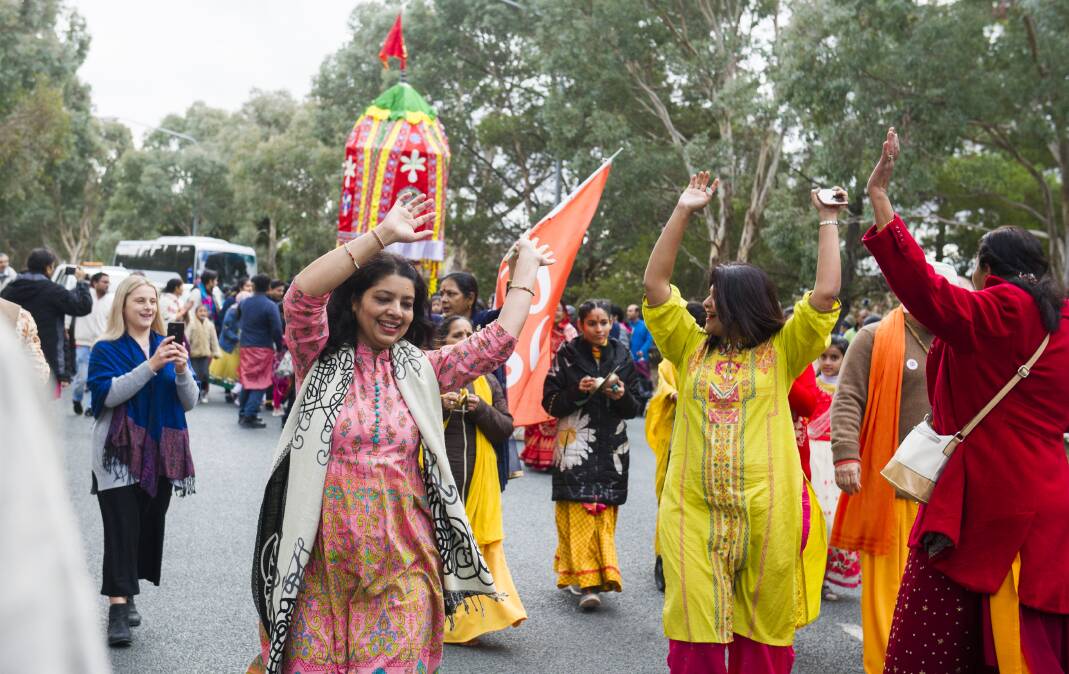
The BAPS Swaminarayan Hindu Mandir (temple) and Community Centre will welcome people of all backgrounds and religions. Once open, it has the capacity to host community events, weddings, baby showers and classes to teach children Indian languages and classical instruments.
"It's for our kids, their kids and so on. They learn academics in school but traditional dance, music and our cultural values, they [learn] here at the temple, along with the spiritual aspects," Mrs Shah says.
The Taylor complex is entirely funded by BAPS volunteers, who realised the community was growing and needed more space to congregate. Expected to be completed in late 2023, the complex will be one of ACT's biggest temples alongside the Hindu Mandir in Moncrieff.
"We are all excited to be part of the community and do something like this for them," fellow volunteer Pratik Patel says.
We've made it a whole lot easier for you to have your say. Our new comment platform requires only one log-in to access articles and to join the discussion on The Canberra Times website. Find out how to register so you can enjoy civil, friendly and engaging discussions. See our moderation policy here.



